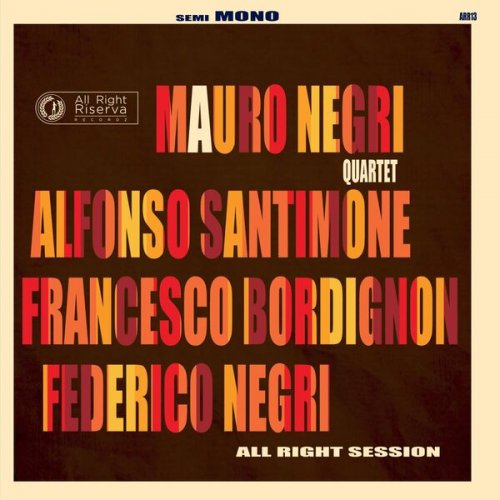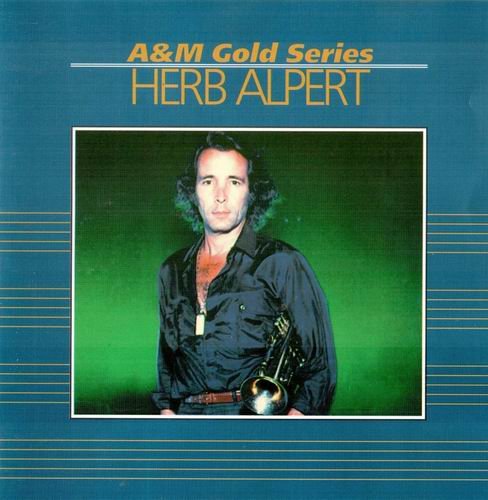Garrick Ohlsson - Chopin: Complete Études (2010)
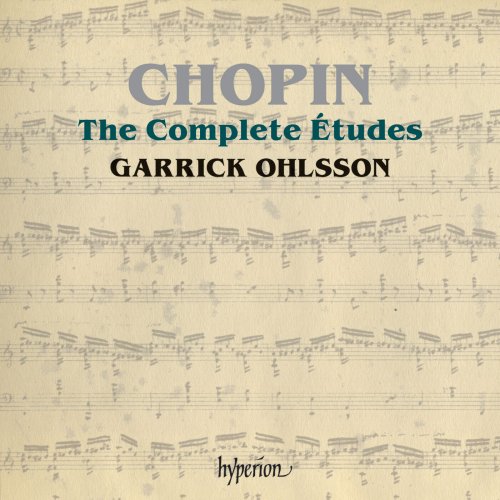
Artist: Garrick Ohlsson
Title: Chopin: Complete Études
Year Of Release: 2010
Label: Hyperion
Genre: Classical Piano
Quality: flac lossless (tracks) +Booklet
Total Time: 01:07:04
Total Size: 208 mb
WebSite: Album Preview
TracklistTitle: Chopin: Complete Études
Year Of Release: 2010
Label: Hyperion
Genre: Classical Piano
Quality: flac lossless (tracks) +Booklet
Total Time: 01:07:04
Total Size: 208 mb
WebSite: Album Preview
01. 12 Etudes, Op. 10: No. 1 in C Major
02. 12 Etudes, Op. 10: No. 2 in A Minor "Chromatique"
03. 12 Etudes, Op. 10: No. 3 in E Major "Tristesse"
04. 12 Etudes, Op. 10: No. 4 in C-Sharp Minor "Torrent"
05. 12 Etudes, Op. 10: No. 5 in G-Flat Major "Black Keys"
06. 12 Etudes, Op. 10: No. 6 in E-Flat Minor "Lament"
07. 12 Etudes, Op. 10: No. 7 in C Major
08. 12 Etudes, Op. 10: No. 8 in F Major
09. 12 Etudes, Op. 10: No. 9 in F Minor
10. 12 Etudes, Op. 10: No. 10 in A-Flat Major
11. 12 Etudes, Op. 10: No. 11 in E-Flat Major "Arpeggio"
12. 12 Etudes, Op. 10: No. 12 in C Minor
13. 12 Etudes, Op. 25: No. 1 in A-Flat Major "Harp Study"
14. 12 Etudes, Op. 25: No. 2 in F Minor "The Bees"
15. 12 Etudes, Op. 25: No. 3 in F Major "The Horseman"
16. 12 Etudes, Op. 25: No. 4 in A Minor "Paganini"
17. 12 Etudes, Op. 25: No. 5 in E Minor "Wrong Note"
18. 12 Etudes, Op. 25: No. 6 in G-Sharp Minor "Thirds"
19. 12 Etudes, Op. 25: No. 7 in C-Sharp Minor "Cello"
20. 12 Etudes, Op. 25: No. 8 in D-Flat Major "Sixths"
21. 12 Etudes, Op. 25: No. 9 in G-Flat Major "Butterfly"
22. 12 Etudes, Op. 25: No. 10 in B Minor "Octave"
23. 12 Etudes, Op. 25: No. 11 in A Minor "Winter Wind"
24. 12 Etudes, Op. 25: No. 12 in C Minor "Ocean"
25. 3 Nouvelles études, KKIIb/3: No. 1 in F Minor
26. 3 Nouvelles études, KKIIb/3: No. 2 in D-Flat Major
27. 3 Nouvelles études, KKIIb/3: No. 3 in A-Flat Major
The twenty-four Studies that form Chopin’s Opp 10 and 25 are a milestone in the piano’s literature. On one level they form a bridge between Chopin’s apprentice years and his stylistic maturity, for almost all his subsequent developments in harmony, modulation and fingering have their precedents here. They also offer a vade mecum of piano technique which, once mastered, gives unfettered access to all subsequent piano-writing until well into the twentieth century, even if their comparative brevity does not equip the pianist with the required stamina.
An étude is a composition designed to improve the performer’s mechanism in private and display virtuosity in public. Because Chopin’s études have always been regarded as the sine qua non of their kind since their publication in 1833 and 1837, there has been a tendency to view them as isolated phenomena that appeared almost magically from nowhere. It is in the early nineteenth century, with the advance of the piano as an instrument, the concomitant development of piano technique and the spread of the idea of the public concert, that we first see the publication of dedicated collections of études. Those for piano written shortly before or after Chopin’s include sets by Bertini, Czerny, Cramer, Hummel and Wieck among myriad others, all of them offering short pieces in which a particular theme or motif addresses a particular technical difficulty. The first études intended for public performance, rather than private practice, were by Ignaz Moscheles (1794–1870) and published in 1827. Not all of these are concerned with technical problems, and by no means do they have consistent musical value.
So while the keyboard study was a well-established form before Chopin’s arrival, it was his études that were the first to consistently marry musical substance with technical difficulty, concert works in which the mechanical challenge directly produces the beauty of the music. Moreover, in Opp 10 and 25 Chopin exceeds all earlier models in harmonic invention, melodic inspiration and technical development, extending the range of tonality and revolutionizing finger technique in the process.
That said, a number of the études have ideas in common with earlier works. One could argue that Op 10 No 1 in C major is a modernized, extended version of Bach’s Prelude No 1 from The Well-Tempered Clavier Book I, for both rely solely on a series of arpeggios and almost regular rhythmic uniformity. Again, both Cramer’s D major and D minor studies (1815) and Moscheles’s Study Op 70 No 11 (1827) use similar figurations to Chopin’s Op 10 No 1 designed for the expansion and contraction of the right hand; the chromatic runs in Moscheles’s Op 70 No 3 in G major are similar to those in Chopin’s Op 10 No 2 in A minor; No 60 of Clementi’s Gradus ad Parnassum (1817–26) has an almost identical harmonic progression to Chopin’s Op 10 No 6 in the same key of E flat minor; Op 25 No 5 in E minor features strikingly similar ideas to Hummel’s Étude in E minor Op 125 No 7, published between Chopin’s Op 10 and Op 25.
The Op 25 set consolidates and improves on the achievements of Op 10 while addressing similar technical aspects—octaves, staccato articulation, legato phrasing, arpeggios, sixths and the like. Composed some five years later, they are clearly the work of a more experienced composer, less obviously pedagogical than Op 10. Though there is no evidence that Op 25 was intended to be played as a set, the tonality of each study, with the exception of the last two, is closely related to the succeeding one, a feature not present in Op 10. It is as though Chopin designed Op 25 so that each study springs to the next. The prominent G sharp in the final E major bars of Op 25 No 5, for example, leads almost inevitably to the sotto voce opening bars of Op 25 No 6 in G sharp minor which, ending on a chord of G sharp major, equally naturally links to the dominant G sharp which begins Op 25 No 7 in C sharp minor.
Many of the best known of these twenty-four studies have acquired nicknames: ‘Tristesse’ (Op 10 No 3), ‘Black Keys’ (Op 10 No 5), ‘Revolutionary’ (Op 10 No 12), ‘Aeolian Harp’ (Op 25 No 1), ‘Butterfly’ (Op 25 No 9) and ‘Winter Wind’ (Op 25 No 11). The Op 10 set is dedicated to Liszt, Op 25 to Liszt’s mistress, the Comtesse Marie d’Agoult.
The Trois nouvelles études were written to order in 1839–40 for a ‘Piano Method’ (Méthode des méthodes de piano) designed by Moscheles and the Belgian critic and composer François-Joseph Fétis. Less taxing than most of the Opp 10 and 25 studies, let alone the bravura études by Liszt, Mendelssohn, Henselt and Thalberg also written specially for the ‘Method’, Chopin’s final didactic compositions are more introspective, although they are still centred on matters of technique (including cross rhythms and varied articulation).
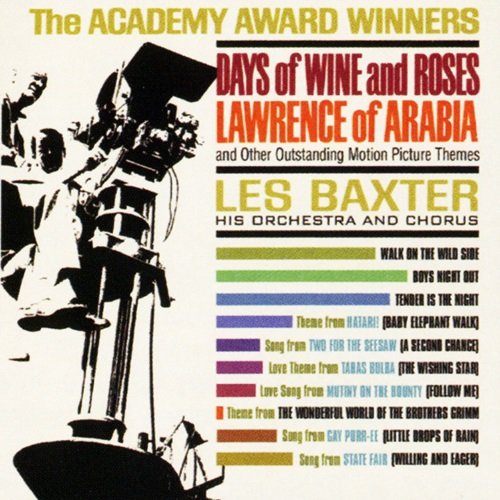

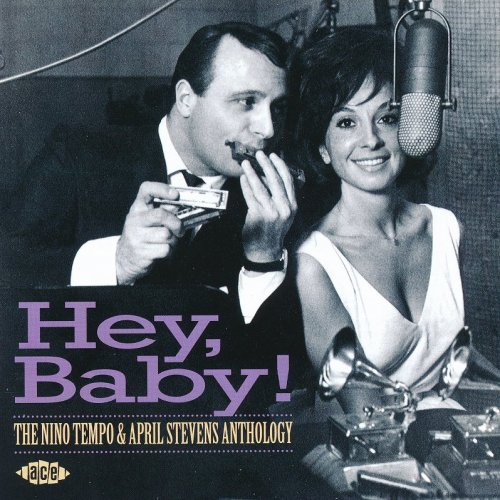
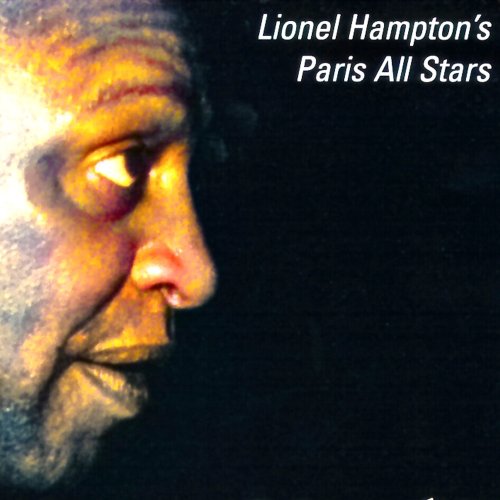
![Grises - Eveil (2025) [Hi-Res] Grises - Eveil (2025) [Hi-Res]](https://www.dibpic.com/uploads/posts/2025-12/1766127968_cover.jpg)
